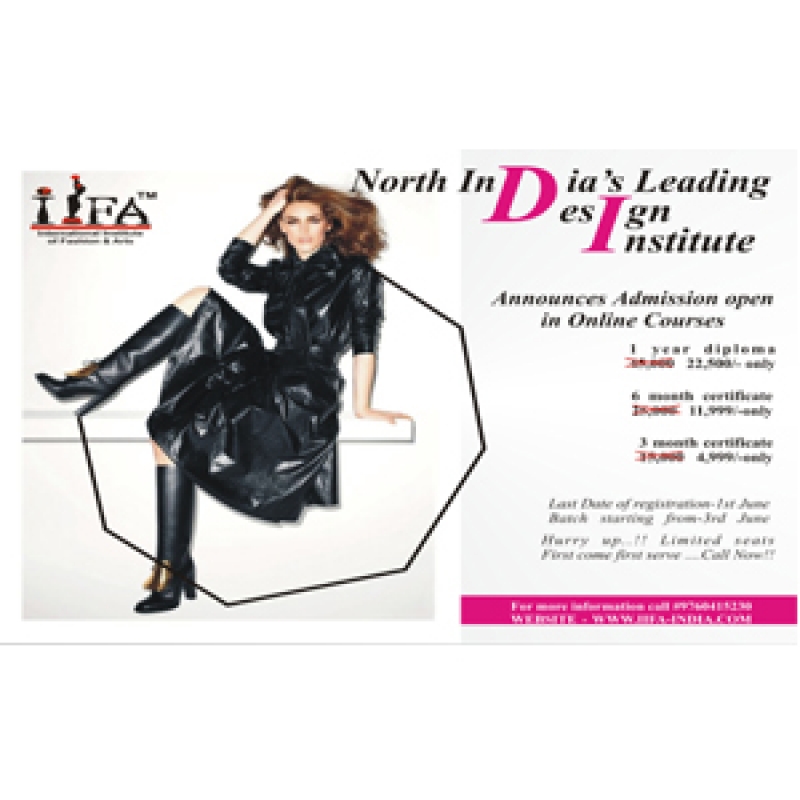The Origins of Avant-Garde Fashion
The roots of avant-garde fashion are deeply intertwined with the avant-garde movements in art and culture, particularly those of the early 20th century. The term “avant-garde” was used to describe a group of artists, writers, and thinkers who sought to break away from traditional forms and conventions. Just as avant-garde artists like Marcel Duchamp and Pablo Picasso deconstructed classic art forms, fashion designers began to experiment with structure, silhouette, and fabric.
This revolutionary spirit first became apparent in the work of designers such as Cristóbal Balenciaga in the 1950s, whose sculptural designs influenced the notion of fashion as a form of art. The term itself gained more prominence in the 1960s when designers like Yohji Yamamoto, Issey Miyake, and Rei Kawakubo in Japan, as well as Jean-Paul Gaultier in France, emerged with their unconventional ideas that questioned traditional notions of what fashion should be.
Defining Characteristics of Avant-Garde Fashion
Avant-garde fashion is often difficult to define due to its ever-changing nature. However, there are a few key elements that help identify this genre:
1. Non-Traditional Silhouettes
One of the most notable features of avant-garde fashion is its use of unconventional shapes and structures. Designers often create pieces that distort or exaggerate the natural human form. Think of large, voluminous garments that defy gravity or sharp, angular pieces that challenge the softness traditionally associated with fabric. For example, Rei Kawakubo’s designs for Comme des Garçons frequently feature deconstructed silhouettes that reject the typical notions of fit and proportion.
2. Experimental Fabrics
Avant-garde designers often push the boundaries of material use. From unusual textiles like rubber, plastic, and metal to innovative uses of traditional materials, these designers create garments that not only look visually striking but also challenge the viewer’s perception of what clothing can be made from. Issey Miyake, famous for his pleats and tech-inspired materials, revolutionized the way we think about fabric in fashion.
3. Gender Fluidity
The avant-garde movement has long been associated with blurring the lines of gender. Designers often play with masculine and feminine elements, creating collections that are not tied to traditional gender roles. This experimentation has been embraced in both mainstream fashion and the avant-garde world, with designers creating clothing that is wearable by anyone, regardless of gender identity.
4. Conceptual Design
Avant-garde fashion is often less about making “wearable” clothing and more about creating a concept. The designs are an expression of an idea, a statement, or a cultural critique. Fashion shows become an artistic performance where the clothes convey a deeper message about society, politics, or human nature. Designers like Gareth Pugh and Alexander McQueen have used their runway shows to present fashion as a form of storytelling, often merging performance art with haute couture.
5. Emphasis on Artistry Over Commercial Appeal
Unlike mainstream fashion, which often prioritizes wearability and marketability, avant-garde fashion leans heavily into artistic expression. Designers focus on the visual, emotional, and intellectual impact of their collections, often at the expense of immediate commercial success. These pieces are often seen as wearable art, and their value is more intellectual and emotional than practical.
The Impact of Avant-Garde Fashion
Avant-garde fashion has had a significant influence on both the fashion industry and popular culture. It is a driving force behind many of the trends we see today, such as the rise of streetwear, gender-neutral fashion, and the increasing popularity of high-concept fashion shows. Designers like Alexander McQueen, who pushed the boundaries of fashion with his dramatic runway shows, and Vivienne Westwood, whose punk-inspired designs redefined rebellious fashion, have left an indelible mark on the way we perceive style.
Moreover, avant-garde fashion has influenced the broader cultural landscape by raising questions about beauty, identity, and the human form. Fashion has become more inclusive, with many avant-garde designers advocating for body positivity and challenging unrealistic beauty standards. The avant-garde movement has also opened doors for marginalized voices in the fashion industry, allowing for greater diversity and the celebration of different cultural aesthetics.
The Future of Avant-Garde Fashion
As society continues to evolve and technology advances, the future of avant-garde fashion is likely to become even more experimental. The use of digital fashion, 3D printing, and virtual reality is already transforming the way fashion is conceived and experienced. Designers are beginning to integrate technology into their designs, creating interactive and multi-dimensional pieces that go beyond traditional fabric-based clothing.
With the rise of sustainable fashion, avant-garde designers are also looking at eco-friendly materials and techniques, combining creativity with consciousness. Brands like Maison Margiela and Hussein Chalayan are experimenting with the intersection of technology, sustainability, and art, making the future of avant-garde fashion an exciting space for exploration and innovation.
Conclusion
Avant-garde fashion is not just about creating clothes—it's about pushing the limits of creativity and transforming how we think about style. It challenges the status quo, questions societal norms, and invites us to rethink the very essence of fashion. As it continues to evolve, avant-garde fashion will undoubtedly inspire new generations of designers, artists, and fashion enthusiasts to dream bigger, think deeper, and look beyond the surface of what we wear.



















Your Message